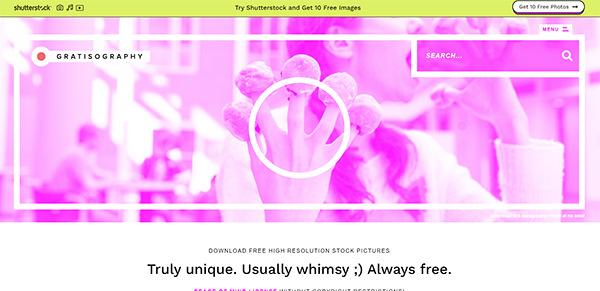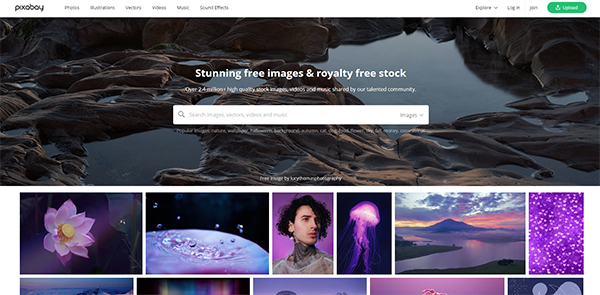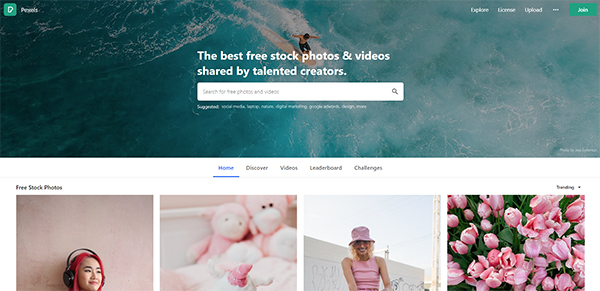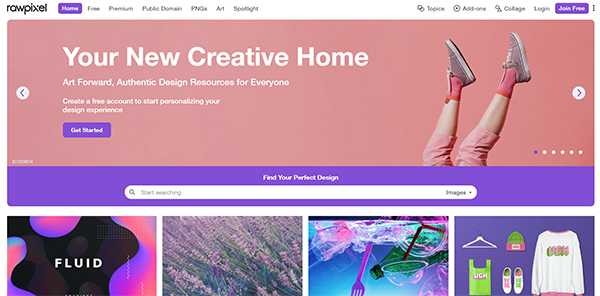Everyone does it. And we do it all the time. Sometimes even several times a minute.
What am I talking about?
Googling images of course!
It’s the quickest and most common way of finding a photo. But finding an image of the new car you bought to show to your friends, isn’t the same as looking up a photo for your website are social media content. Google images are free to look at, but they aren’t free for the taking. They belong to people and using them without permission is illegal.
Inside this article
But I didn’t know!
Not all images have a watermark or copyright mark on them. If you thought that meant you have permission to use them, you are wrong! All original works of authorship (e.g blogs, songs, photos) are automatically protected. Although the copyright symbol © is still used a lot, it is no longer legally required. Basically the rule is, if you didn’t make it, it’s not yours to use.
This seems straightforward enough, but the internet is expansive and it’s not always clear who the owner of an image is. For example: if Billy takes a picture of his home-baked cookies and posts it on his blog and later Ann copies his photo and uploads it her Pinterest page along with her own recipe, she is essentially stealing Billy’s photo. Anyone sharing Ann’s picture on their account will be just as guilty of copyright infringement as Ann.
Talking about social media, there are a lot of misconceptions about what you can get away with. The following things do NOT allow you to ignore copyright:
- mentioning the creator of the image
- adding a link to the original source
- only using a photo on social media
- placing a disclaimer that you don’t own any of the photos
If you are caught using someone else’s photo, you will not get away with an innocent sounding “But I didn’t know!” It’s not allowed and if you don’t know, now you know! Okay?
But no one will know!
Yes, the internet is a big place and no, photographers and artists don’t have time to browse through every web page looking for copyright infringement.
There are however, companies like Copytrack and Pixy that specialise in reverse-image search technology services. Photographers and stock image companies can use these service to find out where and how their images are being used. In the case of unlicensed use, they have to right to take you to court.
In other words, putting all your money on the ‘no one will ever know’ excuse is a risky bet. As image search technology is advancing, unlicensed images are increasingly more likely to be spotted!
But what else am I supposed to do?
If reading this is making you sweat with despair, don’t worry! Good photos are essential for online sellers so luckily, there are plenty of ways you can use images without getting into legal trouble.
Snap it yourself
The easiest way to own creative property is to create it yourself. You can organise a photoshoot to create your own photo stock or get into the habit of snapping pics regularly so that when the time comes, you can use a photo from your personal archive to liven up a post, ad or blog.
Ask for permission
If you don’t have the talent or the time to create your own images, you can always try to ask the image creator for permission to use their work. Creators are often happy to share their work, provided you give them credit.
Always ask for written permission from a copyright holder. When it comes to legal affairs, one simple email is worth more than a thousand phone calls.
Pay for a license
iStockphoto.com (by Getty Images) and Shutterstock.com are two of the most well-known paid stock photo sites. You can find pretty much anything there, but the images come with a price tag!
If you are using stock images, make sure you choose the type of license that works best for you. In general, the more you pay, the more you can do with the image. Take your time to read through the terms of the different plans and packages. Many licenses come with restrictions like: personal use only, online media only or a maximum number of uses.
Before you commit, stock images are often criticised for being too cliché. People are always smiling their brightest smiles in their perfectly tidy homes. There’s nothing wrong with that, but if you’re looking for something more natural, you might want to avoid these stock images.
5 Free alternatives
Unsplash

Unsplash has over 300 000 high-resolution images that you can use in whichever way you want. Although the number of photos can’t compete with a paying website like iStockphoto.com, the quality is top notch and over 300 000 photos is still a lot to choose from!
Gratisography

At Gratisography you will find an even smaller volume of photos, but they compensate that by having the “world’s quirkiest collection of high-resolution free stock images”. Their words, not mine!
Pixabay

Pixabay has a vast amount of high-quality images on offer (for free). It’s more business- and marketing-oriented than its competitors and it also offers free vectors and illustrations.
Pexels

Pexels is a very popular website for anyone looking for free stock images or videos. Everything is well-organised and the art work is both original and stunning!
Rawpixel

Rawpixel claims to have the most diverse collection of stock photos in the industry, they arehappy to provide anyone with images, vectors, PSD mockups and public domain content (works whose copyrights have expired). You can join for free, but there is a paid option that contributes towards Hope for Children.

